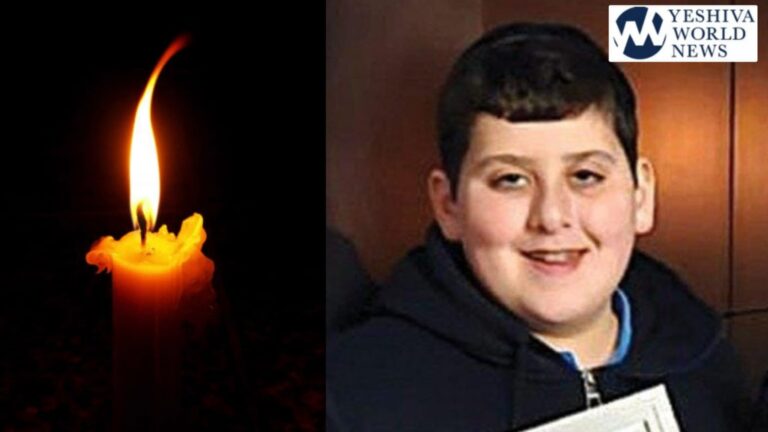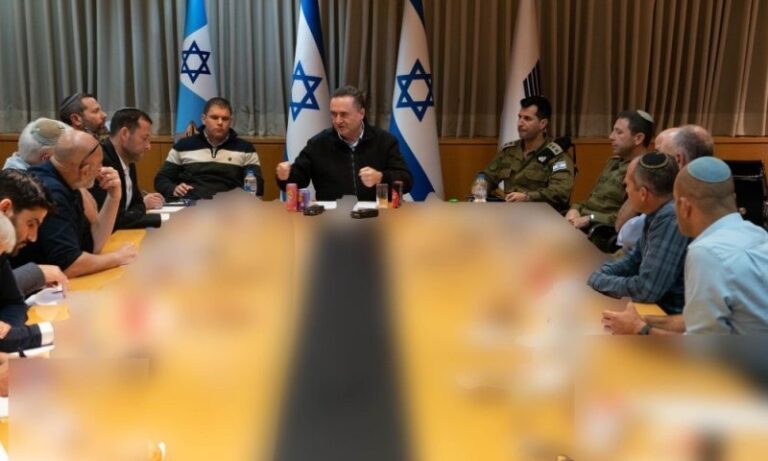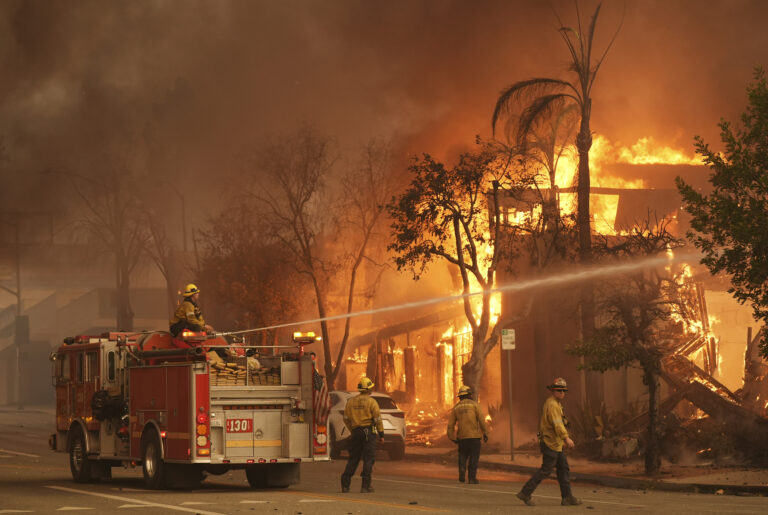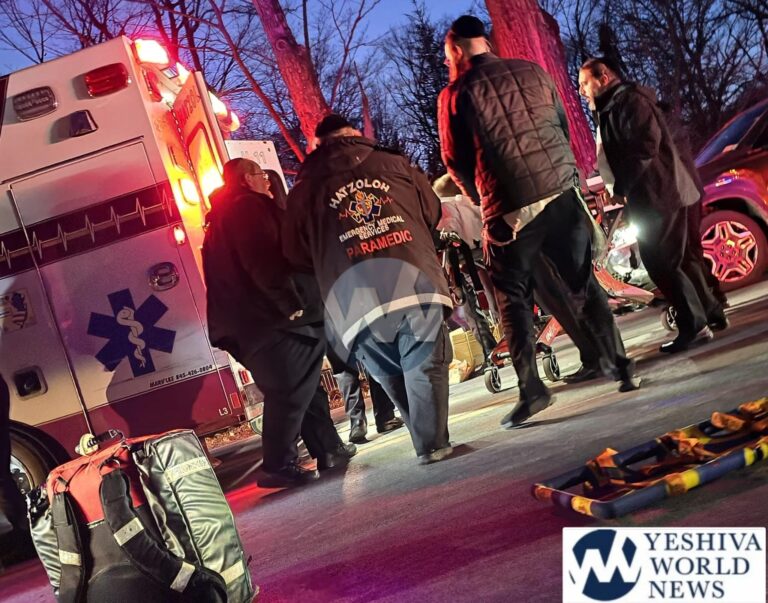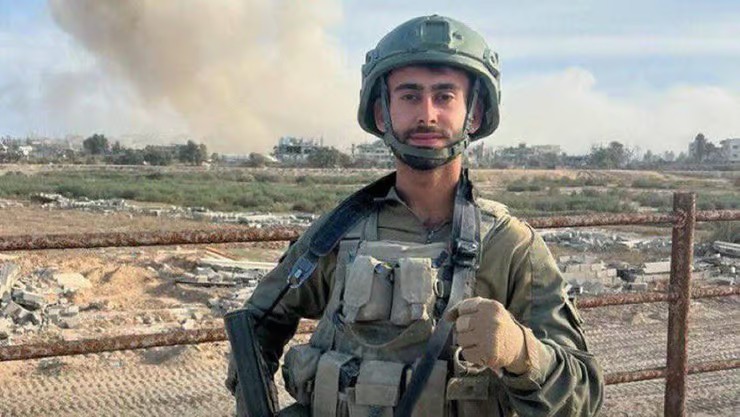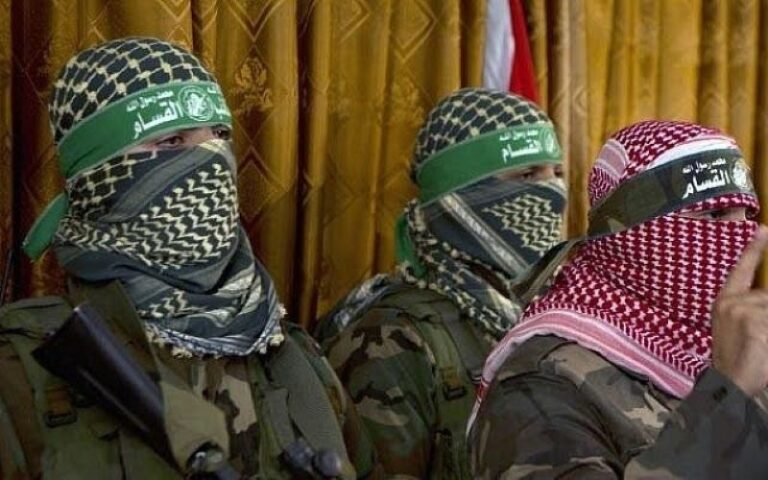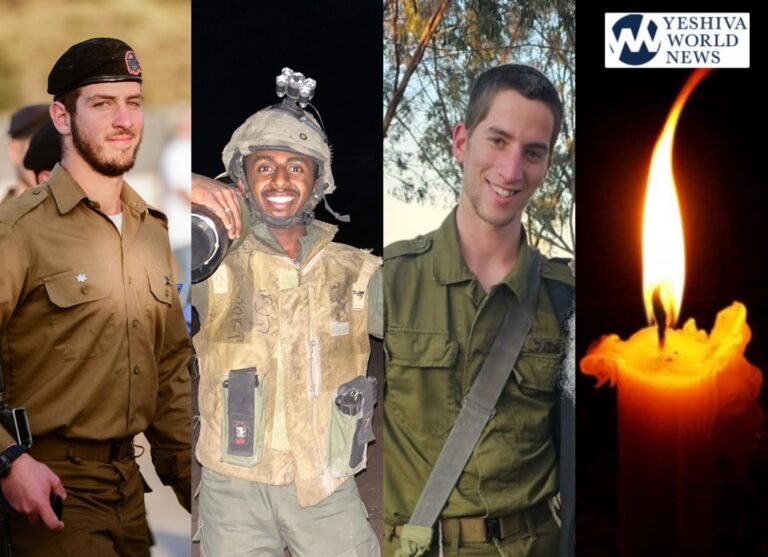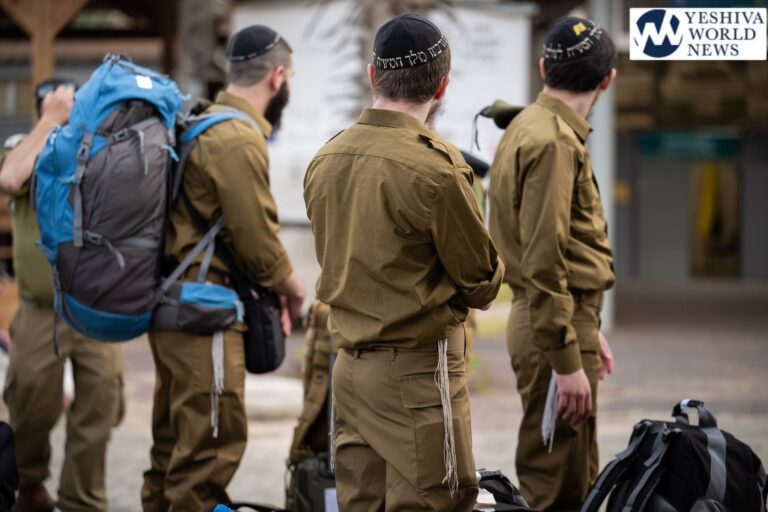 The crowds tell the story. As Election Day nears, Mitt Romney is drawing large and excited throngs.
The crowds tell the story. As Election Day nears, Mitt Romney is drawing large and excited throngs.
Look to dusty Iowa cornfields, rain-soaked Virginia parks, the muddy fields of the Shelby County Fairgrounds, where a crowd of 9,500 — almost half of this western Ohio town — gathered among the barns and stables on a frigid October evening this week to glimpse the Republican presidential contender.
“Where else would we want to be?” said one of the shivering faithful, Judy Cartwright, a 71-year-old nurse from Sidney. “I want to see the next president of the United States.”
Romney’s debate performance against President Barack Obama last week — and his energetic appearances following it up — have fueled a rise in enthusiasm on the campaign trail. Whether or not it will translate into votes, polls do suggest that Republicans are fired up. It’s a welcome development for the Republican businessman, who is hardly a natural politician and has long struggled to match Obama’s ability to inspire excitement.
Romney seems to be feeding off the energy pumping through his now-sprawling crowds, even as aides downplay the newfound momentum among the GOP base.
“I’m overwhelmed by the number of people here,” he exulted while scanning the sea of supporters packed beyond the fairgrounds fences here. “There are even people out there — that’s another county over there.”
Romney’s growing crowds come as new polls suggest he has erased Obama’s advantage in voter support nationally. Races have tightened in a handful of battleground states, too.
The president’s challenge on the campaign trail this year has been to match the high excitement bar he set in 2008. For Romney, it has been to exceed low expectations.
But recent polling suggests the “enthusiasm gap,” long thought to lean toward Obama, has leveled off.
The Pew Research Center poll this week found that 68 percent of registered voters who back Obama support him strongly. Some 67 percent of Romney voters are strongly behind him. That’s the first time Pew’s poll has found the two candidates even on this measure.
And a Washington Post-ABC News poll conducted after the Oct. 3 debate showed the GOP nominee drawing “strongly favorable” reviews from 62 percent of Republicans, the highest level of deeply positive views that poll has found during the campaign. Overall, Romney’s favorability among Republicans stands at 87 percent. Obama draws favorable views from 93 percent of Democrats, including 68 percent who hold strongly favorable views.
Obama can still turn out big crowds. As the election draws close, the president is appearing in college settings where he can depend on the enthusiasm of younger supporters. Within the past nine days, he has spoken before 30,000 people at the University of Wisconsin, 15,000 at Ohio State University and 9,200 at the University of Miami.
But in 2008, to note one striking example, he drew an astonishing 100,000 people to a single rally in Denver in late October. And this year’s campaign audiences, like Obama himself, seem to vary in their enthusiasm. The students who filled a field at Ohio State on Tuesday were supportive but hardly buzzing when Obama implored them to vote.
One recent night, at a concert hall in San Francisco, Obama showed he can still whip 6,000 supporters into building cheers.
“I still believe in you. I’m asking you to keep believing in me,” he declared. “I’m asking for your vote. I’m asking you to knock on doors. I’m asking you to make phone calls. And if you do, we will win this election. We’ll finish what we started. And we’ll remind the world why the United States of America is the greatest nation on earth.”
The level of enthusiasm matters as each side tries to get as many of its supporters to the polls as possible. A big Republican enthusiasm advantage two years ago helped the GOP capture control of the U.S. House of Representatives in addition to making huge gains in statehouses across the nation.
For much of this year, Romney, the sometimes-stiff former businessman, has had a hard time generating the same electricity as Obama.
Indeed, most of the GOP’s most passionate voters did not back Romney during the extended Republican primary season. His campaign typically favors made-for-TV invitation-only events where the emphasis is imagery — Navy ships, manufacturing plants, farm equipment — rather than crowd size. Audiences did increase as Romney began campaigning alongside running mate Paul Ryan, a favorite of the tea party, but he has generally struggled to get people excited on his own.
Until this week.
He drew an estimated 12,000 people to a central Florida rally last weekend, 1,200 to an Iowa town of just 1,000, and several hundred more to Newport News, Va., under heavy October rain.
“People wonder why it is I’m so confident we’re going to win. I’m confident because I see you here on a day like this. This is unbelievable,” Romney said, his wet hair stuck to the side of his face.
Soaked supporters standing in muddy puddles cheered as he delivered an abridged version of his standard campaign speech. Some wore ponchos, while many others stood shivering and drenched, hands in pockets.
At the Shelby County Fairgrounds, Judy Cartwright was wearing four layers to try to keep warm as the cold wind pushed temperatures into the 30s Wednesday night. It was Shelby’s first glimpse of a presidential candidate since she met Harry Truman as an elementary school student more than six decades ago.
“At least it’s not snowing,” she said with a smile. “This is a chance of a lifetime.”
(AP)

